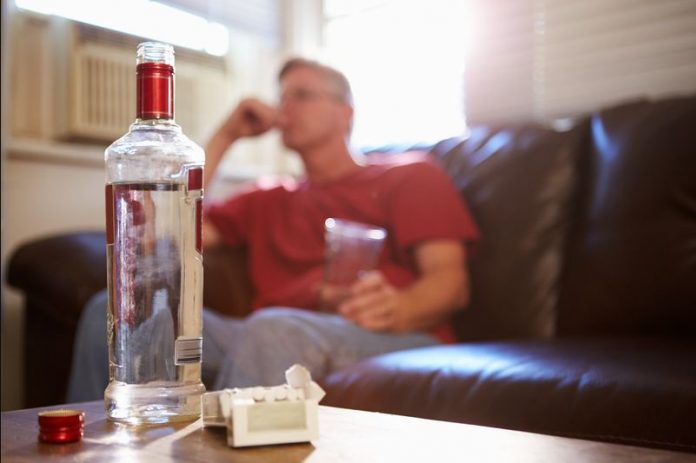Addictions are most commonly associated with drug and alcohol addiction, however, the truth is millions of people suffer from all kinds of addictions.
Some of these addictions are related to some form of chemical dependencies such as alcohol, controlled substances, and even prescription medicines.
Other addictions are related to compulsive types of behavior such as gambling, shopping, food disorders, and even the Internet.
One of the most important things to recognize about any type of addiction, regardless of whether it is a chemical addiction or a behavioral addiction; is that it is not a matter of choice.
Individuals who are addicts do not have the ability to simply decide to stop abusing their ‘drug’ of choice. Addictions affect not only the user but also their family and friends as well.
So what is an addiction?
How does it begin and when does a pattern of behavior become an addiction? Some individuals seem to have the ability to use a substance or engage in a behavior periodically over a period of years without becoming ‘hooked.’ Others; however are not capable of stopping and become addicted.
Addictions affect all social and educational groups. There is no typical addict.
The causes of addiction have been studied for several years. In many ways, addiction is caused by the emotion the substance or behavior brings about in the user. The body and mind become dependent on that feeling and seeks to maintain it.
There are addiction risk factors that make some people more likely than others to become addicts. Studies show that sometimes addictions can be hereditary.
The child of an alcoholic may not grow up to be an alcoholic, however, they may become addicted to gambling or some other type of compulsive behavior as an adult.
Besides hereditary, individuals who grow up in families with abuse, neglect, and who are impoverished are more likely to become addicts.
For most addicts, it can be extremely difficult to recognize that what they have associated as simply a habit is actually an addiction. While every individual is different there are some symptoms that are prevalent among most addicts and addictions:
Symptom # 1
Unable to meet responsibilities at home, school, or office.
Symptom # 2
Continues to use substances or engage in behavior even when it is dangerous.
Symptom # 3
The need increases to engage in behavior or use more of a substance to achieve the same effect or feeling.
Symptom # 4
Has tried but failed to stop using the substance or end the behavior.
Symptom # 5
Continues to engage in the behavior or use substances even when they are aware of the dangers.
Answering yes to three or more of the above symptoms during a 12 month period may show that you or a loved one has an addiction. The first step to treating an addiction is recognizing that it exists.
There is no cure for addiction. Treatment and counseling can help an addict to learn how to control their behavior, withstand impulses, and recognize the presence of a problem, but an addict is never cured.
Treating addiction can take years and requires ongoing support from friends, families, and support groups.
A 12 step program can be particularly beneficial in treating addiction. One of the most well known 12 step programs is AA, also known as Alcoholics Anonymous; however, there are similar programs for all types of addictions.
Living with an addiction requires a daily commitment and there is always the possibility of relapsing. An addict that has been “clean” for even 20 years can succumb to temptation just as they did decades before.
There are several treatment programs and centers that can help with the numerous types of addictions that are prevalent today. Many of them are anonymous. Support groups are also available to help family and friends who experience the effects of addiction in a loved one.
The information contained in this article is for educational purposes only and is not intended to medically diagnose, treat, or cure any disease. Always consult a health care practitioner before beginning any health care program.

